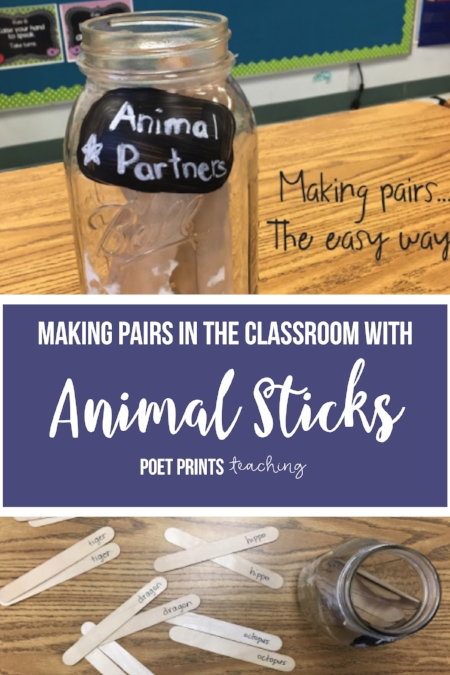Of all of the holidays, Easter is one of the 'big ones' in my classroom. Teaching at a Christian school allows me to stray further from the theme of bunnies, eggs, and chicks (however cute they may be) and focus my kids on the story of new life through Jesus' sacrifice. The Bible lessons that we teach at Easter are, hands-down, the ones that I wait for all year.

I work in a Christian school and I love it. I love being able to talk about my faith all day and play my favorite worship songs as my students work. I have had so many incredible conversations with students about their big questions, and worries, and it's great to be able to point them back to the Bible in all things.
This year, to tie our Bible lessons into our Language Arts, we are going 'in depth' into the symbols seen in the Easter Story in the New Testament.

Following this complete plan, we have been learning about Jesus by actually reading our Bibles, and spending time in Bible study! All of the reading is from the New Living Translation of the Bible, and it's the perfect level for my third-grade students. I love that they can 'dive into' The Word on their own!
Then, we craft! In my third grade classroom, Art is a tie-in to almost every subject, and my students love getting crafty. Check out our Symbols of the Easter Story mobiles

The whole Easter unit is available HERE from my Teachers Pay Teachers store .
I've also created a special free version of the craft for my lovely blog readers. You can find that HERE.

Let me know, how do you prepare for Easter in your classroom? Any tips or great resources to share? Sound off in the comments below!












































